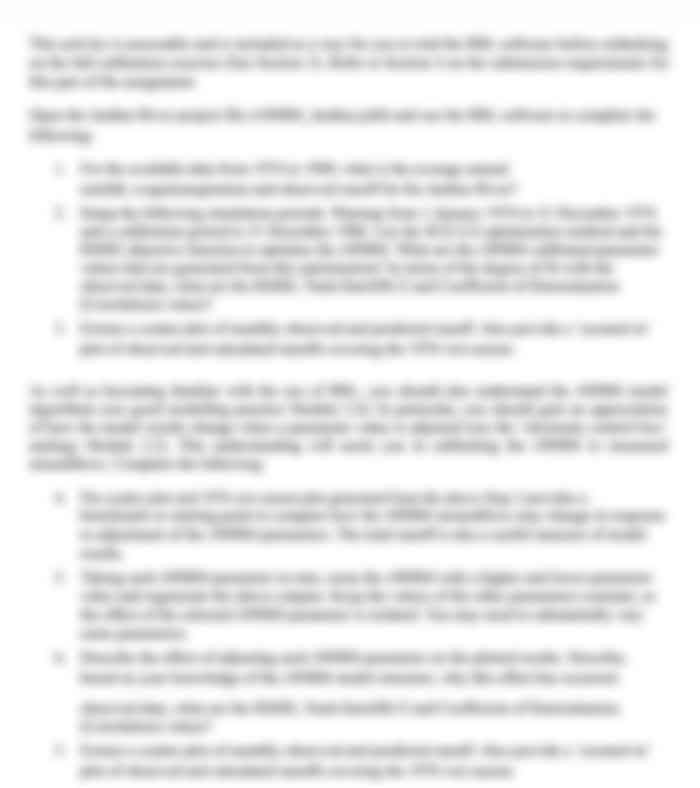PhysicalActivityPromotionPolicy Assessment
Aim
Toprovidechildrenwithaphysicallyactiveprogramthatisdevelopmentallyappropriate.
RelatedPolicies
AdditionalNeedsPolicy
PhysicalEnvironment(WorkplaceSafety,LearningandAdministration)PolicyRelationshipswithChildrenPolicy
Whoisaffectedbythispolicy?
ChildrenFamiliesEducatorsManagement
Implementation
The service will implement the Get Up &Grow, Healthy Eating for Physical Activityfor EarlyChildhoodprogram.Acopyoftheprogramcanbefoundatthebelowwebaddress:
http://www.health.gov.au/internet/main/publishing.nsf/Content/phd-early-childhood-nutrition-resources
In line with this, our service will implement the following promotion of physical activity as per theageanddevelopmentstageofeachchildinattendance:
- For healthy development in infants (birth to 1 year), physical activity particularlysupervisedfloor-basedplay insafeenvironmentsshouldbeencouragedfrom
- Toddlers (1 to 3 years) and pre-schoolers (3 to 5 years) should be physically active every dayforatleastthreehours,spreadthroughoutthe
- Children younger than two years of age should not spend any time watching television orusingotherelectronicmedia(DVDs,computerandotherelectronicgames).
- For children two to five years of age, sitting and watching television and the use of otherelectronic media (DVDs, computer and other electronic games) should be limited to lessthanonehourper
- Infants, toddlers and pre-schoolers should not be sedentary, restrained or kept inactive formorethanonehouratatimewiththeexceptionofsleeping
EducatorsWill:
- Encourage children to participate in physical activities through programming andspontaneous
- Encourage and support children to undertake and participate in new or unfamiliar physical
- Participateinphysicalactivitywiththe
- Show enthusiasm for participation in physical activity and organise play spaces to ensure thesafetyandwellbeingofallindividualsinthe
- Setupandplanforplanforphysicalplayactivitiesandequipmentandwhereappropriateencouragethechildrentohelpwiththeset-up.
- Listentochildrenssuggestionsonwhatphysicalactivitiestheywouldliketoparticipateinandwhereappropriateincorporatethemintotheprogram
- Set up indoor and outdoor areas in amanner that promotes and encourages safe physicalplayforallagegroupsanddevelopmentalabilitiesrepresentedinthe
- Activelyencouragechildrentoacceptandrespecteachothersrangeof physical
- Consult with families and resource agencies on providing physical experiences that reflectdiversebackgroundsandRolemodelappropriatefootwearandclothingforphysical
- Will ensure abalanceofactiveandsedentaryactivitiesthroughoutthechildsdayandminimizesedentarybehavioursunlessthechildistiredorill.
Theservicewillsupportthechildrenin:
- Learning to use increasingly complex motor skills and movement patterns in order tocombine gross and fine movement and balance skills, spatial awareness and problem-solving
- The development of their physical skill set by providing regular opportunities for outdoor
- The development of their physical skill set by talking with children about how the humanbodyandhowimportantphysicalactivityisforanindividualshealthand
- The development of their physical skill set by providing experiences for the children thatdrawonelementsofdance,dramaticplayandcreative
- The development of their physical skill set by providing babies with encouragement and safeareastopracticerollingover,sitting,crawling,standingand
Sources
EducationandCareServicesNationalRegulations2011NationalQualityStandard
Get up and Grow, Health Eating and Physical Activity for Early ChildhoodEarlyYearsLearningFramework
Review
Thepolicywillbereviewedannuallyby:
- Management
- Employees
- Families
- InterestedParties

